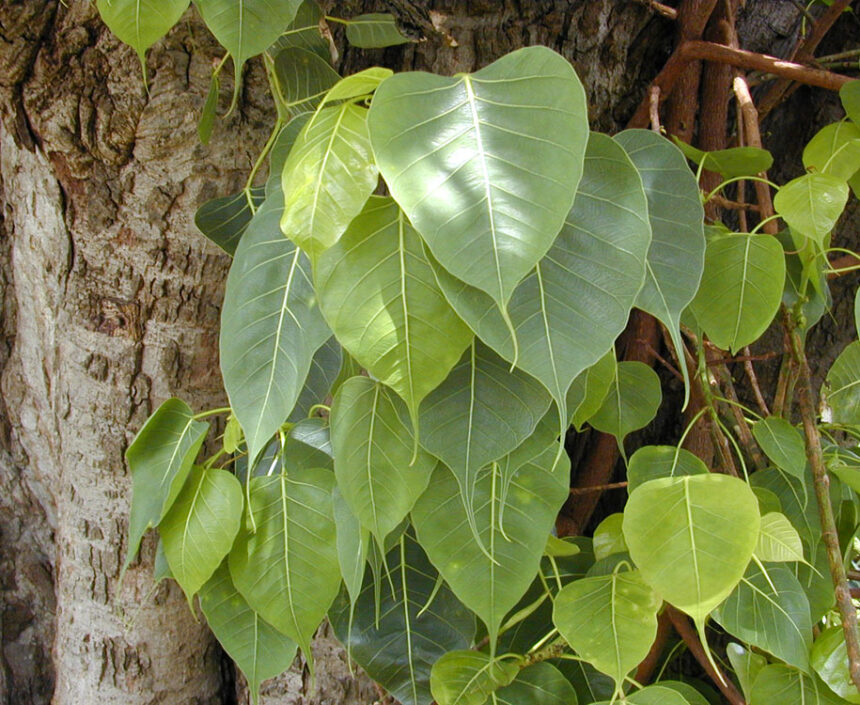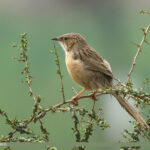A tree native to most of the Indian subcontinent and Indochina, its common names include Peepal, Bodhi and Sacred fig. This tree is also an important part of the Buddhist, Jain, and Hindu religions. This tree can reach an average height of 100 feet and an average trunk diameter of 10 feet. It is deciduous in nature and has heart-shaped leaves. The color of the bark varies from light gray to brown. Its fruits (figs) are found in pairs below the leaves. They resemble berries and tend to ripen in May.
It’s Uses
The tree has been proven to supply more oxygen than any other tree and balances climatic conditions. It has been used in traditional medicine for centuries. The peepal bark is useful for treating inflammation and glandular swelling in the neck. The bark is also used for manufacturing tannins, which are in turn used to treat leather. Peepal improves soil structure and fertility and is also a dust and sound absorbent. However, this tree is sensitive to pollution. The fruits act as a laxative, treating vomiting and promoting digestion. Peepal leaves are collected, dried and painted. These painted leaves originated from Kerala and are displayed as art.
Animal life dependent on this tree
The bodhi tree is an important host for the summer brood of lac insects. It consists of a high antibacterial activity. This tree’s pollinators are fig wasps. Various birds including coppersmiths, common Mynahs, Golden Orioles, Asian Koels, Rose-ringed Parakeets, and Red-vented Bulbuls depend upon this tree for their diet.








